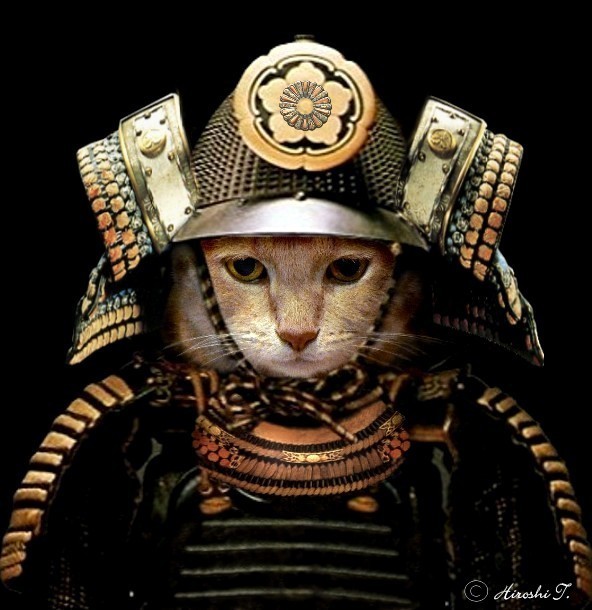Instant Judo! Learn the ancient art of paw flipping

VIDEO: Judo Grand Slam… All Action. See for yourself the secrets of Judo!
The main emphasis of kenjutsu centers around the practice of swordsmanship. But in some styles the practice of other battlefield-related weapons is also an integral part of their curricula. At the simplest level, it can be viewed as a collection of combat techniques for various weapons, most notably the sword.At a more complex level, it can be considered the study of the strategy both large-scale and small, offensive as well as defensive. In terms of learning to fight with a sword, kenjutsu has a more complete curriculum. Kendo of necessity limits the range of techniques and targets. Kendoka generally use shinai, which allow techniques which do not work with real swords.
Kenjutsu practitioners do not usually use shinai in training, preferring to use bokken (wooden swords) or katana (steel swords) in order to preserve the cutting technique of real sword fighting. Kenjutsu training largely consists of practicing cutting technique and performing partner Kata. For safety reasons, free-sparring is seldom practiced with Bokken or katana.
KNOWING AIKIDO
“Do not fight force with force,” this is the most basic principle of Aikido. Considered as one of the non-aggressive styles in martial arts, Aikido has become popular because it doesn’t instigate or provoke any attack. Instead, the force of the attacker is redirected into throws, locks, and several restraining techniques. Since Aikido uses very few punches and kicks, the size, weight, age, and physical strength of the participants or the opponents only partake only a small role. What’s important is the skilled Aikido practitioner is skilled enough to redirect his or her attacker’s energy while keeping him or her in a constant of unbalance.
The history of Aikido as a martial art can be traced when Morihei Ueshiba discovered and developed its principle of aikido. Known as “O Sensei” or the “Great Teacher,” Ueshiba made sure to develop a martial art that is based on a purely physical level using movements like throws, joint locks and techniques derived from another martial arts like “Jujitsu” and “Kenjutsu.”
Obviously in the Judo community there has been a huge uproar in the changing of Judo rules regarding leg grabs, pickups and Russian style techniques. I have travelled all around the world and experienced different styles of Judo, from the traditional Japanese judo, the Russian pickup style of judo and even the weird Mongolian and Kazakhstan styles as well.
On the internet there are constant threads about the new rules and people who keep on complaining about how Judo isn’t a martial art anymore due excluding grappling techniques that are used in various forms of wrestling.
For all of the flexibility and balance that come from practicing martial arts, all of the graceful kicks and self-defense moves, all of the satisfaction derived from board-chopping prowess, the true benefits may be even more life-enriching, Edwards and other adherents say.
“The self-defense aspect is what everyone usually looks for, and that’s uber-important,” says John Thompson. He’s president and chief instructor at Aikido Denton, the nonprofit martial arts school where Edwards trains.





